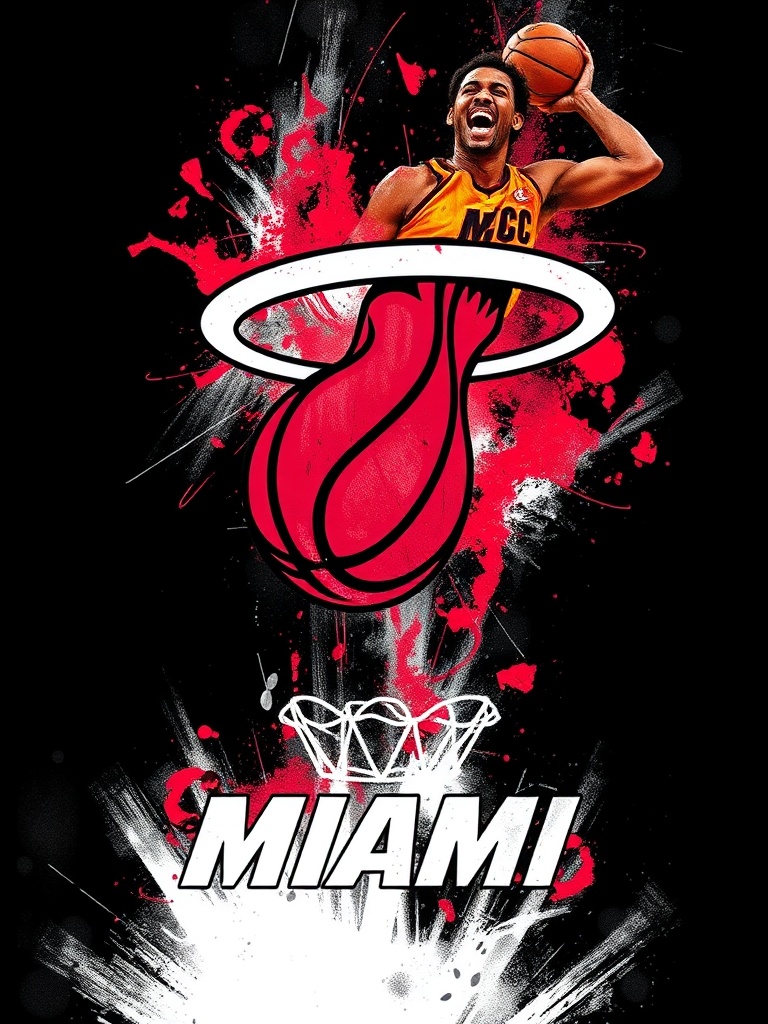Inside the Miami Heat: How Culture, Defense and Smart Roster Building Keep Them Competitive
Miami Heat remain one of the most compelling franchises in basketball, blending disciplined defense, strategic roster building, and a culture that pushes players to exceed expectations. Whether you’re a longtime fan or new to following the team, understanding what makes the Heat tick gives a clearer view of their continued competitiveness.
What defines Heat culture
At the heart of the organization is a culture that values accountability, toughness, and development.
Leadership on and off the court emphasizes preparation, attention to detail, and a next-man-up mindset. That ethos shows up in late-game execution, defensive rotations, and the way role players step into bigger minutes without losing intensity.
Coaching and strategic identity
Coaching stresses versatility and communication. The team often uses switching defense, occasional zone principles, and physical help-side rotation to disrupt opponents’ rhythm. Offensively, the Heat blend isolation creation with purposeful ball movement—find the mismatch, then attack or move the ball to a corner three. Transition scoring is opportunistic rather than volume-driven, reflecting a measured pace that prioritizes efficiency.
Player development and roster construction
The front office balances veteran leadership with young, high-upside pieces. Key core players bring two-way impact, while complementary players fill crucial roles: perimeter shooting, rim protection, and secondary playmaking.
Development work shows in how players refine three-point shooting, defensive footwork, and decision-making in pick-and-roll scenarios. The organization’s approach to minutes management and film study helps maximize each player’s strengths.
Star power and supporting cast
The Heat’s most visible performers often carry offensive load and clutch duties, but supporting cast contributions are equally critical.
Expect rotations where bench players provide instant energy—defensive intensity, hustle plays, and catch-and-shoot scoring. That balance supports sustained success in tough stretches of the schedule and the postseason grind.
Matchups and playoff posture
Matchups matter: the Heat typically perform best when they can enforce physicality, control pace, and limit opponent’s three-point efficiency. In playoff settings, adjustments and half-court defensive schemes become decisive. Teams that can force turnovers or win the rebound battle tend to have an edge, so rebounding and free-throw production are areas the Heat emphasize.
Fan experience and engagement

Home games at the downtown arena deliver a high-energy atmosphere.
Fans expect a soundtrack of fast-paced plays, defensive stops, and late-game drama.
For those attending, arrive early to soak up pregame entertainment and street-side festivities. For viewers, following team shows, social feeds, and postgame breakdowns provides insight into strategy and player development.
How to follow the team closely
To stay informed: monitor beat reporters for roster updates, watch film breakdowns from trusted analysts to understand schematic adjustments, and track advanced stats like defensive rating and effective field goal percentage to see deeper trends. Podcasts and veteran insiders often provide context on front-office thinking and internal culture that traditional box scores don’t reveal.
Why the Heat remain relevant
The combination of a cohesive culture, strong coaching, and a front office that targets complementary talent keeps the team consistently competitive. They’re built to adapt—able to grind through defensive stands and also heat up from long range when matchups allow. That adaptability makes the Heat a team worth watching through regular-season arcs and playoff pushes.
Keep an eye on roster moves, emerging role players, and strategic adjustments—those elements usually hint at how deep a run the team might make when October turns to spring.